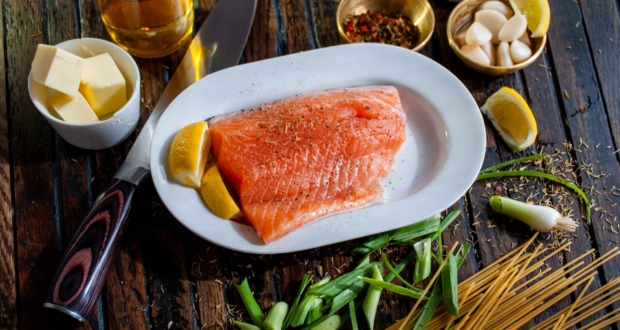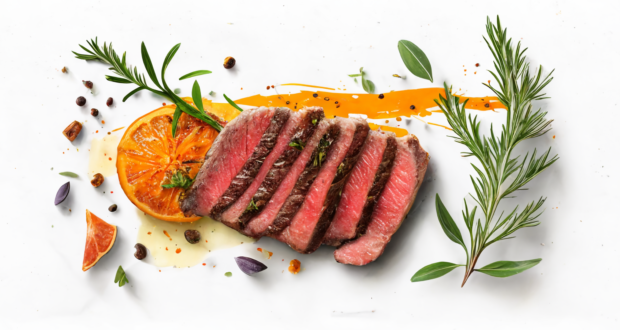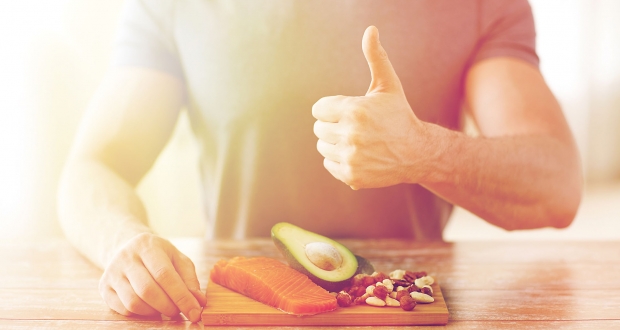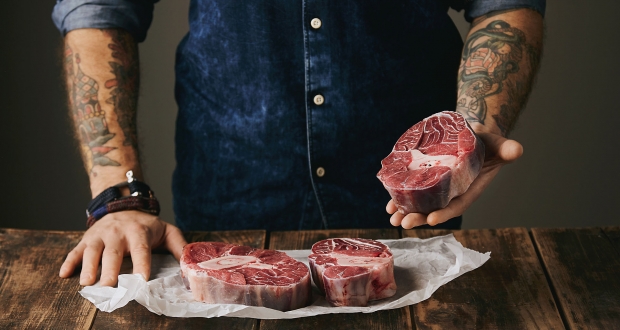The paleo diet is based on the idea of consuming whole, unprocessed foods that were available to our ancestors during the paleolithic era, such as meats, fish, vegetables, fruits, and nuts. The diet has gained popularity in recent years due to its numerous health benefits, including weight loss, improved energy levels, and reduced risk of chronic diseases. However, many people find the cost of eating a paleo diet to be a major barrier to sticking to the diet long-term. In this article, we will explore how you can follow a paleo diet on a budget and still achieve your health goals.
One of the main misconceptions about the paleo diet is that it is an expensive way of eating. While it is true that some paleo foods, such as grass-fed meats and wild-caught fish, can be more costly than conventional options, there are many ways to keep the cost of your paleo diet down. The first step is to focus on eating nutrient-dense, whole foods that are both affordable and paleo-friendly. These include:
- Vegetables: Vegetables are the backbone of the paleo diet and are both affordable and nutrient-dense. Focus on incorporating a variety of seasonal, non-starchy vegetables into your diet, such as broccoli, carrots, and zucchini.
- Fruits: Fresh fruit can be more expensive than vegetables, but they are a great source of vitamins, minerals, and antioxidants. Choose seasonal fruits that are in season and opt for frozen or canned options when fresh options are not available.
- Nuts and seeds: Nuts and seeds are a great source of healthy fats and protein. Almonds, walnuts, and chia seeds are all affordable options that can be easily incorporated into your diet.
- Eggs: Eggs are a staple food in the paleo diet and are an affordable source of high-quality protein.
- Meat and fish: While grass-fed meats and wild-caught fish can be more expensive, they are not essential to the paleo diet. Opt for lean cuts of meat and choose inexpensive options, such as ground beef, chicken thighs, and salmon.
“Eating a healthy diet on a budget is possible, but it does require some planning and preparation,” says Dr. Sarah Ballantyne, author of “The Paleo Approach”. “The key is to focus on nutrient-dense, whole foods and to minimize the amount of processed foods in your diet.”
In addition to focusing on affordable whole foods, there are many other ways to keep the cost of your paleo diet down:
- Buy in bulk: Buying in bulk can help reduce the cost of your paleo foods. Look for sales and stock up on pantry staples, such as nuts, seeds, and dried fruits.
- Grow your own food: Gardening is a great way to grow your own fruits, vegetables, and herbs, which can save you money and ensure that your food is fresh and chemical-free.
- Cook at home: Preparing your own meals at home is one of the most effective ways to stick to a paleo diet on a budget. Not only will it save you money, but it also allows you to control the quality and quantity of the ingredients you use.
- Meal planning: Meal planning is essential to sticking to a paleo diet on a budget. Plan your meals in advance, make a grocery list, and stick to it. Avoid impulse purchases and resist the temptation to buy convenience foods, such as pre-packaged meals and snacks.
Finally, it’s important to remember that a paleo diet is not the same as a low-carb or keto diet. While the paleo diet does eliminate grains and legumes, it also includes plenty of fruits and vegetables, which provide essential carbohydrates for energy and overall health. In fact, a well-balanced paleo diet typically contains about 40% carbohydrates, which is not considered low-carb.
To ensure you are getting enough carbs, focus on incorporating starchy vegetables like sweet potatoes, winter squash, and yucca into your meals. These can be purchased in bulk and stored for a long time, making them a cost-effective option. Additionally, fresh and frozen fruits like bananas, apples, and berries can provide a variety of nutrients and can often be found at a reasonable price.
In conclusion, following a paleo diet on a budget is possible with some careful planning and preparation. Focus on buying whole, unprocessed foods in bulk, shopping in season, and taking advantage of sales and discounts. Incorporate affordable protein sources like eggs, canned fish, and ground meat, and don’t forget to include plenty of fruits and vegetables for a well-rounded diet. With these strategies, you can stick to the paleo diet without breaking the bank, while still reaping the health benefits of this popular dietary approach.








